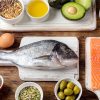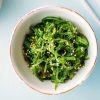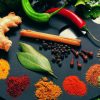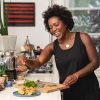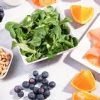- Empty cart.
- Continue Shopping
How to Understand the Antioxidant Capacity of Foods
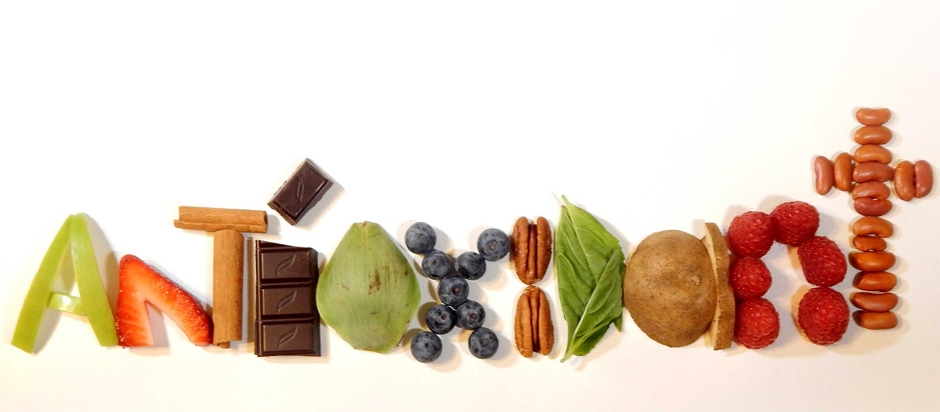
Antioxidants have become a buzzword in the health and wellness community, and for good reason. These naturally occurring compounds help combat oxidative stress, a process that can damage cells and contribute to aging and various diseases. Foods rich in antioxidants are often touted for their health benefits, but understanding their antioxidant capacity can be a bit confusing.
Measurement Methods: ORAC, FRAP, and TEAC
There are several methods used to measure the antioxidant capacity of foods, each with its own set of parameters and units. Here are some of the most commonly used methods:
- ORAC (Oxygen Radical Absorbance Capacity): This is perhaps the most well-known method. It measures the ability of antioxidants in the food to neutralize free radicals. The results are usually expressed in ORAC units per 100 grams of the food.
- FRAP (Ferric Reducing Antioxidant Power): This method measures the ability of the food to reduce ferric ions to ferrous ions. The results are often expressed in millimoles of Fe^2+ per 100 grams.
- TEAC (Trolox Equivalent Antioxidant Capacity): This method compares the antioxidant capacity of the food to that of Trolox, a water-soluble analog of vitamin E. The results are usually expressed in millimoles of Trolox equivalents per 100 grams.
It’s important to note that no single method is considered the “gold standard,” and different methods may yield different results for the same food.
Interpreting the Numbers: What Do They Mean?
Once you have the antioxidant capacity numbers, what do they actually mean? Higher numbers generally indicate a higher antioxidant capacity, but it’s not as simple as choosing foods based solely on these numbers. Here’s why:
- Bioavailability: Not all antioxidants are equally bioavailable, meaning they may not be easily absorbed and utilized by the body.
- Synergistic Effects: Foods often contain a mix of different antioxidants that may work together in ways that are not captured by these tests.
- Nutrient Density: High antioxidant capacity doesn’t necessarily mean high nutrient density. It’s essential to consider other nutrients in the food as well.
Practical Tips: Incorporating Antioxidant-Rich Foods
Knowing the antioxidant capacity of foods can guide you in making healthier dietary choices, but it shouldn’t be the only factor. Here are some practical tips:
- Diversify Your Diet: Different foods offer different types of antioxidants. For example, berries are rich in anthocyanins, while nuts provide a good amount of vitamin E.
- Eat Whole Foods: Whole foods like fruits, vegetables, and grains are generally more nutrient-dense and offer a range of antioxidants.
- Consider Food Pairings: Some antioxidants are fat-soluble, meaning they are better absorbed when consumed with healthy fats. For example, pairing spinach with olive oil can enhance the absorption of its antioxidants.
- Don’t Overcook: Cooking can degrade some antioxidants, so opt for cooking methods that preserve nutrient content, like steaming or microwaving.
In conclusion, Understanding the antioxidant capacity of foods can be a valuable tool in optimizing your diet for health. However, it’s essential to consider other factors like bioavailability, nutrient density, and how you prepare and consume these foods. By diversifying your diet and focusing on nutrient-dense whole foods, you can reap the full range of benefits that antioxidants have to offer.



